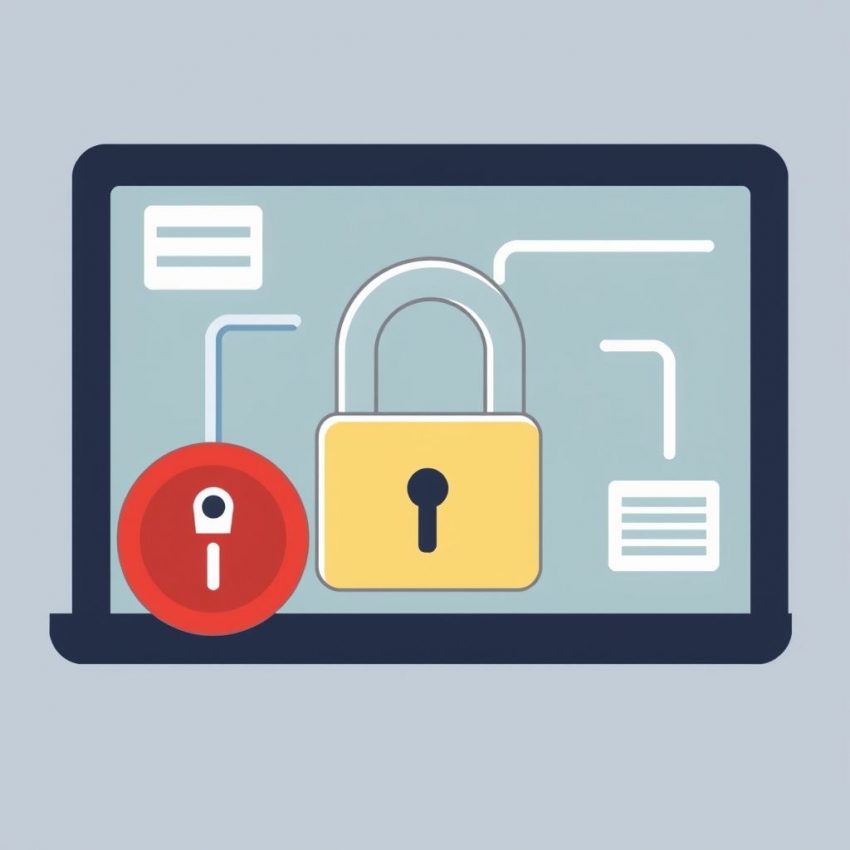Fortinet Warns: Patch Now, But Verify! FortiGate SSL-VPN Symlink Exploit Still a Threat
Fortinet recently issued a critical patch for a severe vulnerability (CVE-2023-27997) impacting its FortiGate firewalls. This vulnerability allows unauthenticated attackers to execute arbitrary code remotely via specially crafted requests to the SSL-VPN interface. While the patch is crucial, Fortinet has now issued a stark warning: some attackers may retain access even after patching due to successful exploitation of a symbolic link (symlink) vulnerability.
This blog post breaks down what you need to know about this ongoing threat and the critical steps you must take to secure your FortiGate devices.
The Initial Vulnerability (CVE-2023-27997):
This heap-based buffer overflow vulnerability within the FortiOS SSL-VPN component allowed remote code execution. Exploiting this vulnerability granted attackers access to sensitive information and potentially complete control of the firewall. The severity of this vulnerability cannot be overstated, making patching an absolute priority.
The Persistent Threat: Symlink Exploitation:
Fortinet's recent warning reveals that some attackers exploited the initial vulnerability to plant malicious symbolic links. These symlinks can persist even after patching CVE-2023-27997, allowing attackers to maintain backdoor access. This means that simply applying the patch is insufficient to guarantee the complete remediation of the vulnerability.
What are Symlinks and Why are they Dangerous?
A symbolic link, or symlink, is essentially a shortcut pointing to another file or directory. Malicious actors can leverage symlinks to:
- Maintain Persistence: Even if the original vulnerable file is patched, the symlink can redirect execution to a malicious file placed elsewhere on the system.
- Evade Detection: Symlinks can be difficult to detect without careful inspection, allowing attackers to remain hidden.
- Execute Malicious Code: By manipulating symlinks, attackers can trick the system into executing their malicious code.
What You Need To Do NOW:
-
Patch Immediately: If you haven't already, patch your FortiGate devices to address CVE-2023-27997. This is the first and most critical step.
-
Verify for Compromise: Fortinet has provided indicators of compromise (IOCs) and scanning tools to help identify if your device has been affected. Use these resources to thoroughly check your system. Don't assume you're safe just because you've patched.
-
Remove Malicious Symlinks: If you detect any malicious symlinks, remove them immediately. Fortinet's advisory provides guidance on how to identify and remove these symlinks.
-
Strengthen Security Posture: Implement strong passwords, multi-factor authentication, and regularly review your security logs. Consider implementing intrusion detection/prevention systems to further enhance your defenses.
-
Stay Informed: Keep up-to-date with Fortinet's advisories and security updates. This ongoing situation highlights the importance of proactive security measures.
The Takeaway:
The Fortinet FortiGate vulnerability and subsequent symlink exploit underscore the evolving nature of cyber threats. Patching is critical, but it's no longer enough. Proactive monitoring, thorough investigation, and a robust security posture are essential for defending against increasingly sophisticated attacks. Don't wait until it's too late. Take action now to secure your FortiGate devices and protect your network.
Don’t miss out on this exclusive deal, specially curated for our readers! Vegan Diet: Unlock the Key Benefits of Embracing a Plant-Based Lifestyle
This page includes affiliate links. If you make a qualifying purchase through these links, I may earn a commission at no extra cost to you. For more details, please refer to the disclaimer page. disclaimer page.

